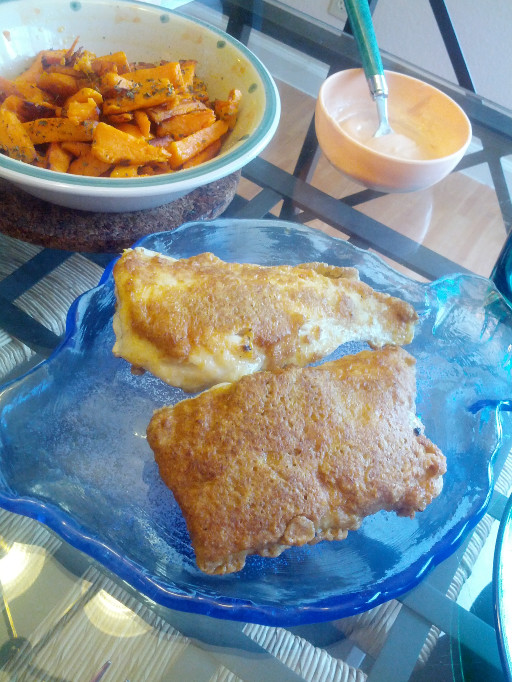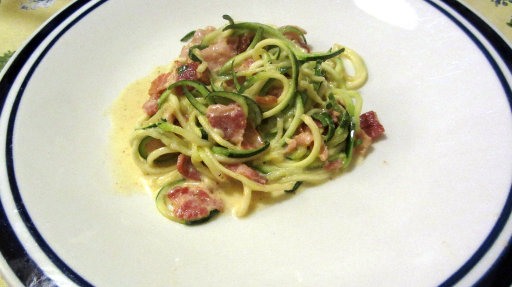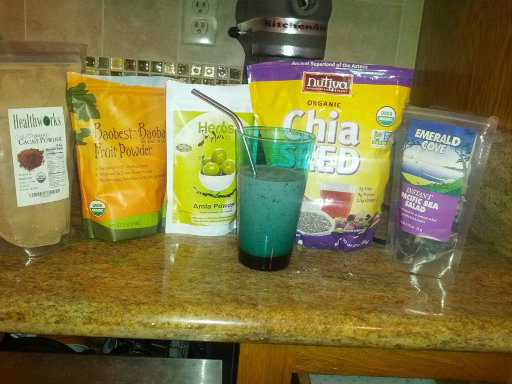Regarding OBEs
So I had quite a few OBEs yesterday & today (out of body experience, aka astral projection). After waking up in the middle of the night and sleeping again, lucidity is easily reached. Then, you simply induce an OBE through a lucid dream (this method is called DILD, other methods include WILD and FILD). So I went to a few places, including my hometown, Preveza, Greece.
There, I met with another girl from a nearby town, and I told her my name and where I was from and where I now live. I told her to ask for me when she wakes up, to see if we actually shared the same dream. She was the only one I found in the crowd who was also lucid, the rest of the people there were dreaming, and behaved like sleep-walkers. On my way back, found another lucid person, and we exchanged a thumbs-up, after thinking that “if we could go wherever we want to when we’re lucid, who the heck cares on travelling in real life?”
I also visited a wormhole (with some spaceships in there too), the void, visited some people I care about, etc. I had no trouble going from one place to another, although visiting other planets was time consuming it seemed.
But here’s the thing. OBEs are not literal, they need interpretation. While they can be pretty lucid, the things that happen in there aren’t as “solid” as in real life. Reality there fluctuates, just as it does in dreams, deep meditation, or when taken psychedelics. PhD researcher Aardema says in his book about OBEs that when we don’t use our mechanical brain to filter stuff out, our consciousness exists in a type of reality where many different quantum possibilities are probable, that’s why things can morph or change, based in our perception. That New Age belief that “thought can change reality” is true, but not as much in our reality, but for the reality that lies beyond our brain’s filtering mechanisms. The further you go into that type of consciousness, the more formless, shapeable and alien reality becomes.
So anyway, my conclusion is that it’s important to have this kind of experiences, because they get you ready on accepting death. There’s nothing to be afraid in death, apart from your own belief system (if you believe in Hell, you’ll surely find it because your consciousness will construct it). I’d go as far as to say that I’m probably ready to even face ego-death.
But as far as it goes about our current daily lives, these types of experiences are often irrelevant. Entheogens might provide some insight about how to live our daily lives, and certainly my own meetings with my Higher Self and Guide have been very helpful, but I don’t see them as mandatory. They’re interesting, for sure, but an already “stable” person don’t need such experiences to live their life. They already know what to do and how to do it deep inside.
My point is, that people who judge others for not being “spiritual” (e.g. caring about psychonaut-related matters), are mistaken. Not everybody needs such experiences to function properly in the society, or even to the world beyond. They’re some well-adjusted individuals who simply don’t need OBEs, entheogens, meditation, New Age crap etc. My husband seems to be such an individual. I now know that I don’t need them either, although I did need them last year, when I reshaped my world views and found my place in the universe. I now see all that stuff as tools to live well and get prepared for the next step, not as the end-all. After you’ve used the tool to construct or fix something, then you might not need it again.
As well-known pop-philosopher Alan Watts said: “If you get the message, hang up the phone“.






